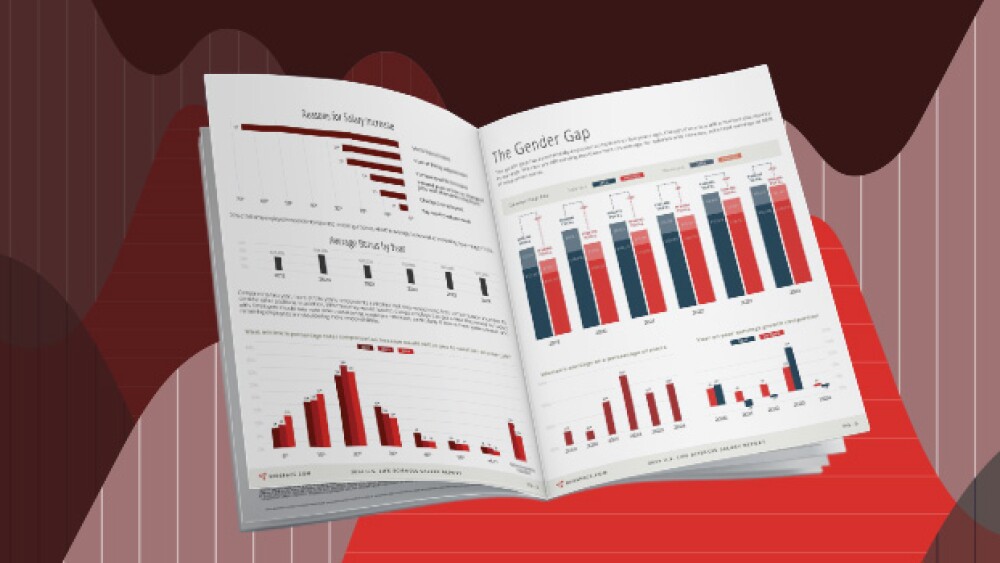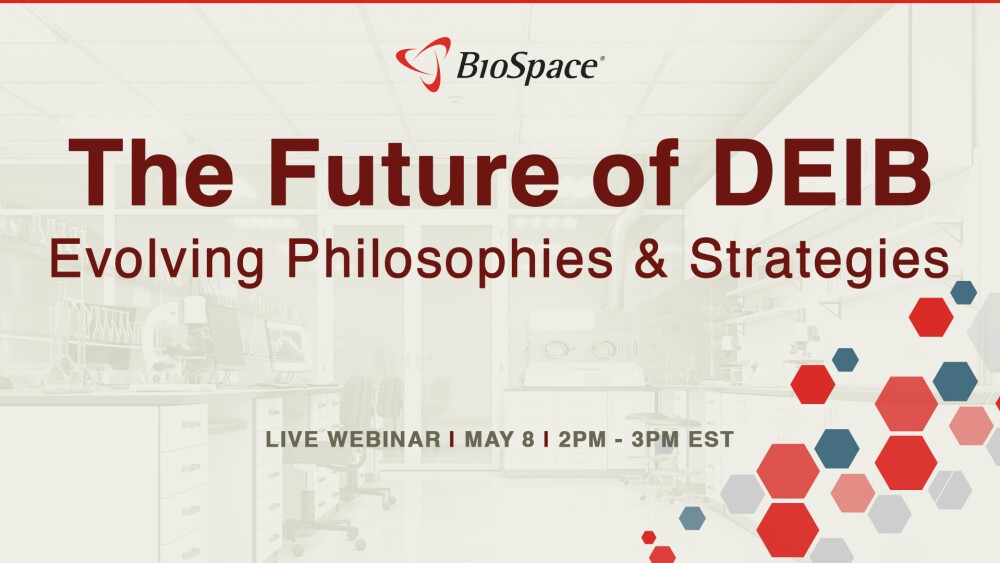Employer Resources
Insights to help you hire and manage your workforce
The latest Employment Situation report from the Bureau of Labor Statistics shows that employment for healthcare workers is slowly but surely returning to its pre-pandemic levels.
Labor Market Trends
Year-over-year BioSpace data show biopharma professionals faced increased competition for fewer employment opportunities during the first quarter of 2025.
The biopharma job market likely won’t turn around until 2026, according to two industry experts. Both cited a need for more investment and noted the impact of uncertainty on the industry.
Although the job market did not pick up in April, layoffs were down year over year and month over month, according to BioSpace tallies. Meanwhile, Amgen, Novartis, Regeneron and Roche announced U.S. manufacturing investments that are sparking job creation.
BioSpace has named 50 biopharma companies to its 2025 Best Places to Work list, including Moderna and Sutro Biopharma, whose executives share what makes their organizations special.
BioSpace’s third report on diversity, equity, inclusion and belonging in life sciences examines dramatic shifts in attitude around diversity initiatives.
Diversity and Inclusion (D&I) have been at the forefront of the national conversation during this momentous year, so BioSpace felt it imperative to reach out to employees in the life sciences industry on this subject in our wide-ranging Fall 2020 Diversity and Inclusion Survey.
Let’s review the reasons why professionals seek out employers with diverse workforces.
We interviewed Dr. Jo Viney, Co-Founder, President, and CSO of Pandion Therapeutics. Dr. Viney discussed her experience working within large organizations and ultimately starting her own company.
RECRUITING
According to a new report by BioSpace, the life science leader in news and careers, more than 65% of life science professionals received a salary increase in the last year with the average increase being 4.4%.
There is something of a recurring theme among the life science, healthcare and biopharma industries: shortage of skilled employees will lead to a decrease in innovation.
For years, the biggest employers of science and engineering PhDs has been academic institutions. For example, according to the U.S. National Science Foundation (NSF)’s biennial Survey of Doctoral Recipients, academia employed 11 percent more PhDs than the private sector in 1997.
Do you know what employers in the life sciences industry value when it comes to hiring the best candidate? They look for the qualities mentioned in the article.
New Year, fresh start? Could be. WalletHub recently compared more than 180 cities across the U.S., using 30 key indicators to evaluate their job strength. Some of those factors were job opportunities, employment growth, monthly average starting salary and employment outlook.
BioSpace’s 2024 Salary Report explores the average salaries and salary trends of life sciences professionals.
WEBINARS
This discussion features DEIB leaders from California Life Sciences, MassBio, Eli Lilly and Takeda. We explore changing attitudes in the life sciences workforce, if organizations are adjusting either their DEIB or communication strategies, and how evolving philosophies around DEIB are impacting human resources and talent acquisition activities.

















